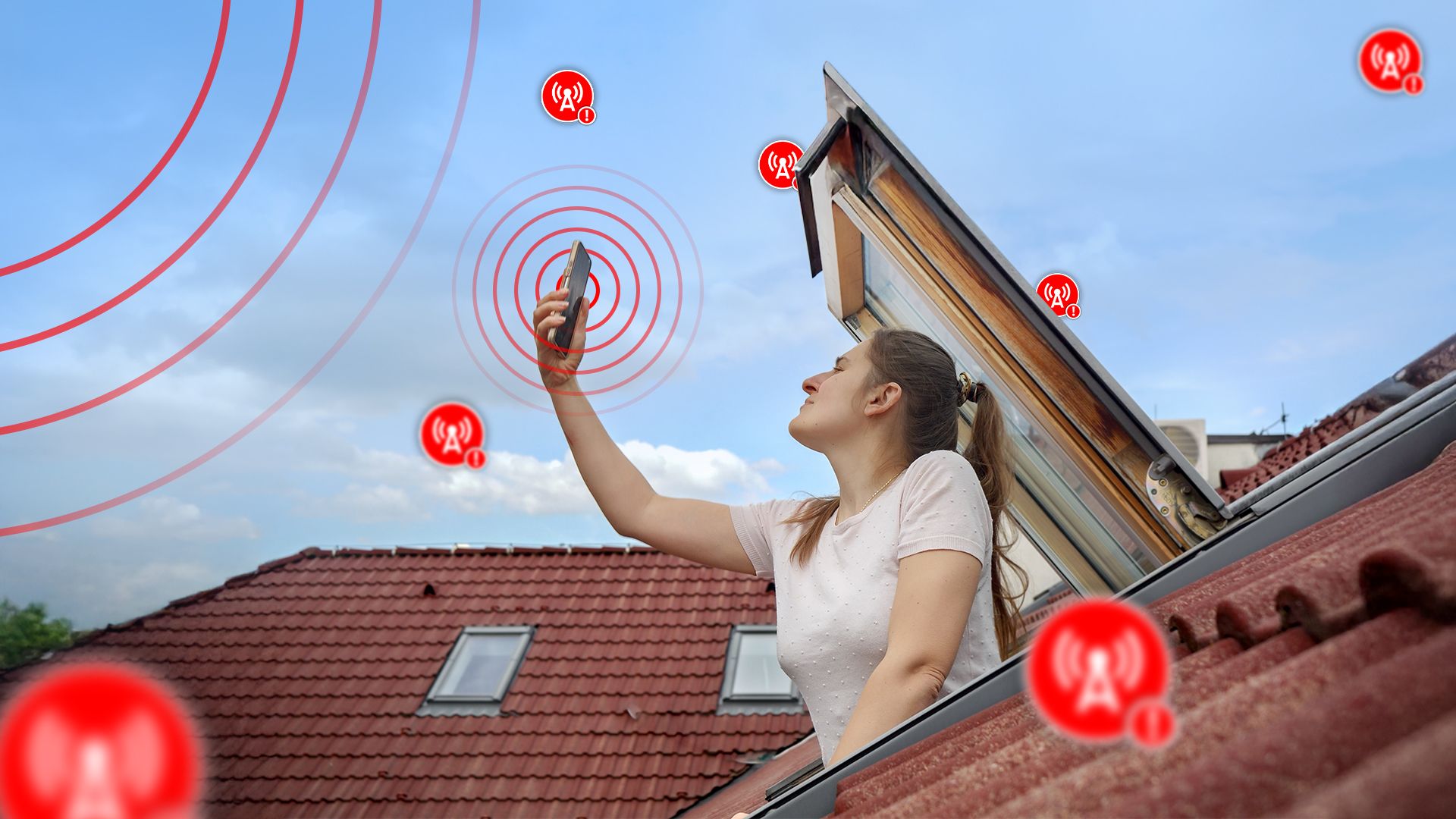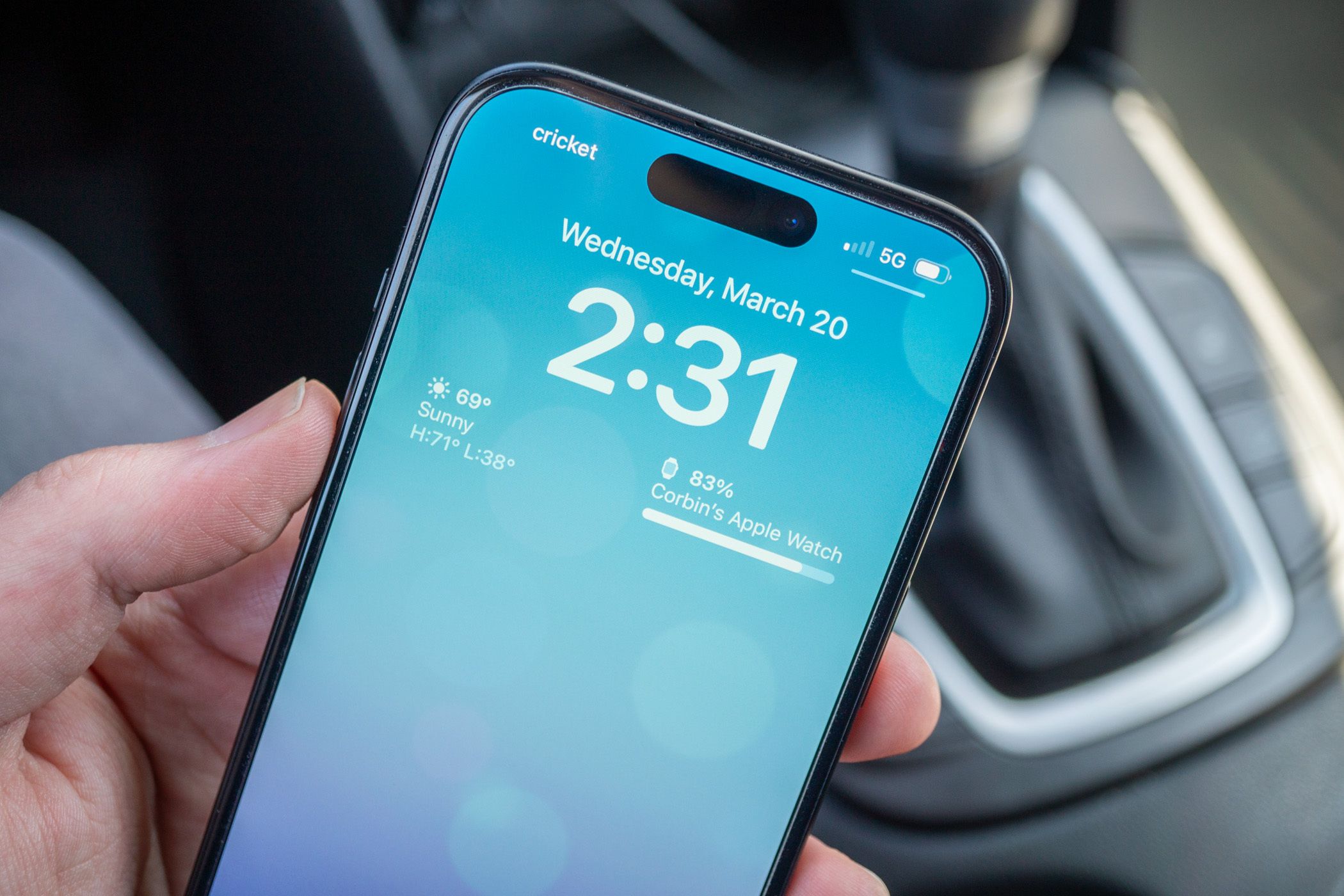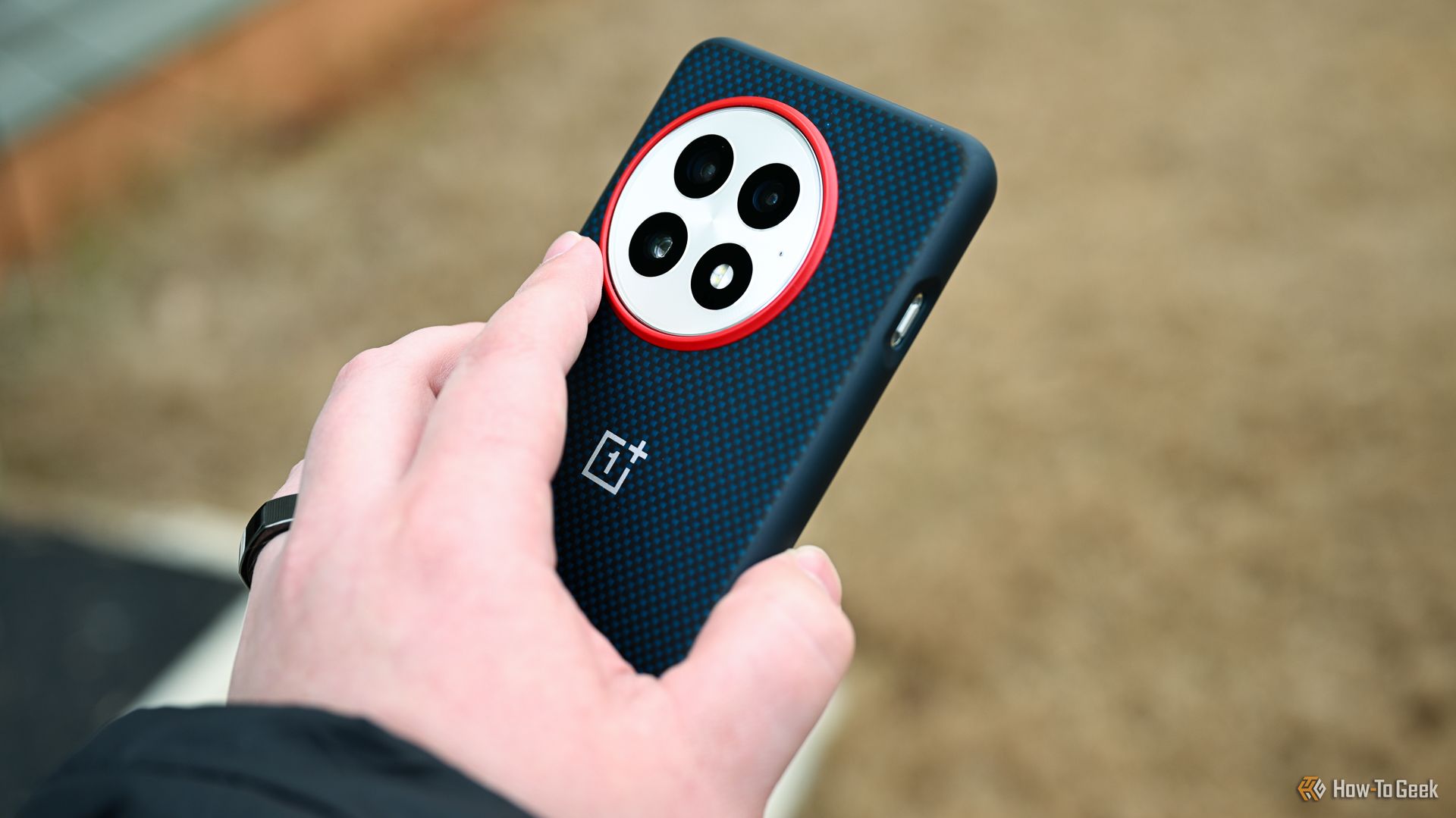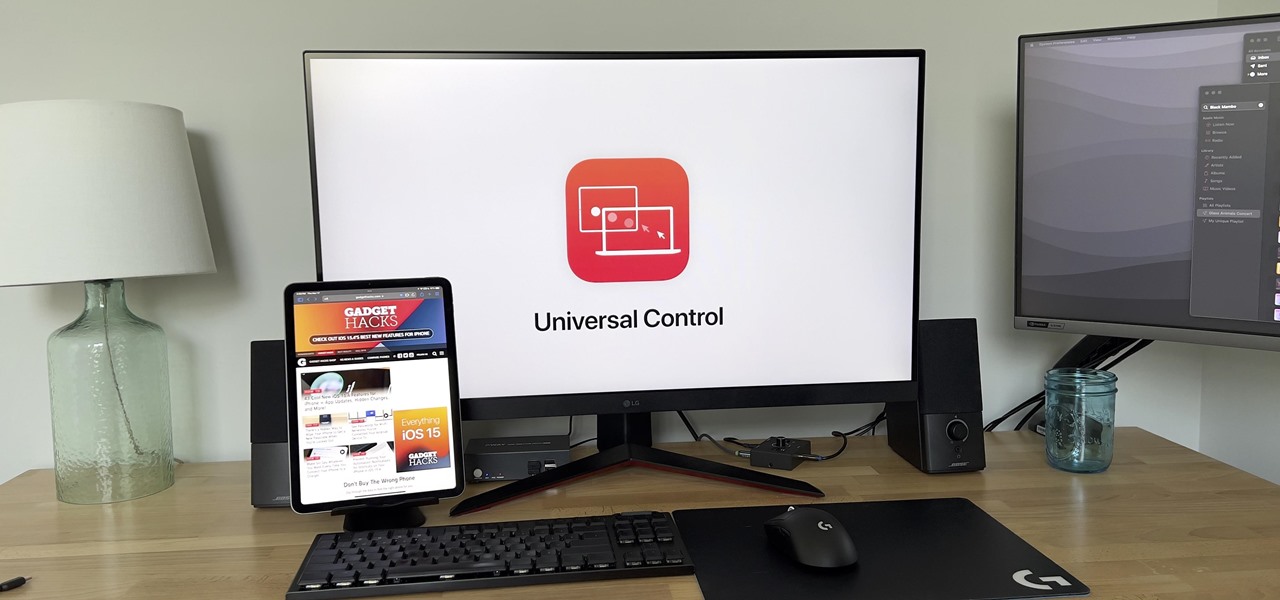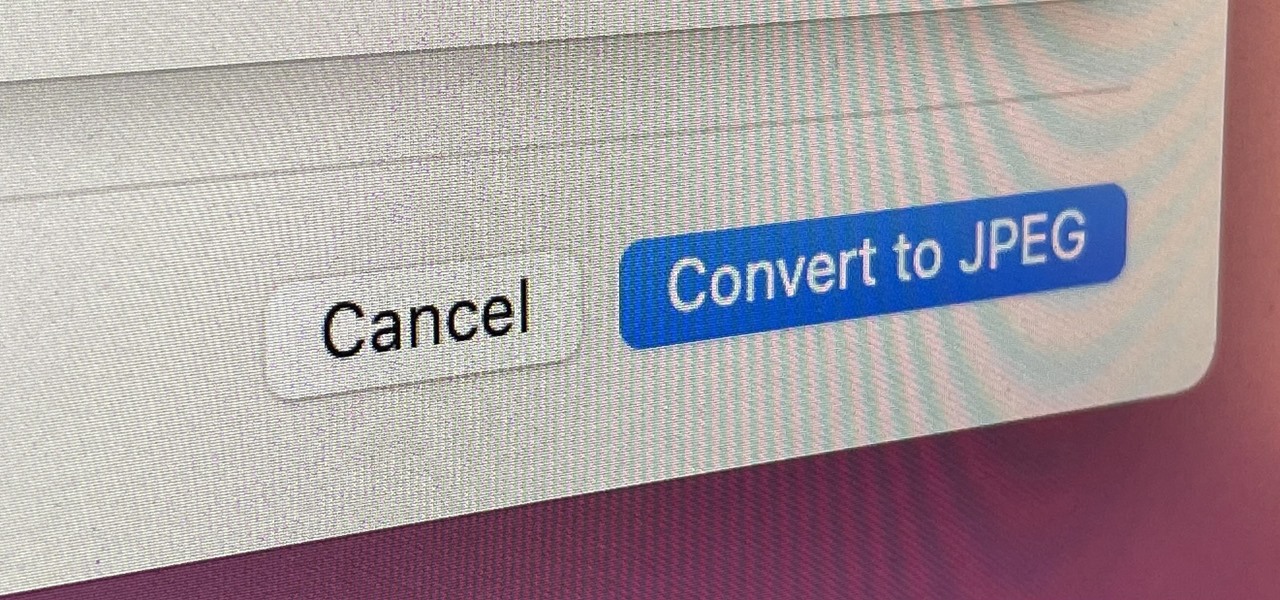8 Ways To Improve Your Cell Signal at Home
Cloud & Internet
Quick Links
-
Refresh the Cell Signal
-
Remove Your Phone Case
-
Use Wi-Fi Calling if Available
-
Change Your Network Settings
-
Move Around Your House
-
Check Your Phone’s Performance
-
Consider a Femtocell or Microcell
-
Consider a Signal Booster
Even in the comfort of your own home, you might get shoddy cell service from time to time. Maybe your text messages aren’t going through, or calls keep dropping right in the middle of a conversation. This is understandably frustrating if you don’t know how to fix the problem.
8
Refresh the Cell Signal
Turning things off and back on again is a tried and true method of fixing problems. It doesn’t always work, but it’s always worth giving it a shot before bothering with any more complicated solutions. Sometimes, a piece of technology just needs to start back from square one to get over its problem.
Refreshing the signal for your phone is pretty easy. Restart your phone or turn it off completely before turning it back on, or turn on airplane mode for half a minute before turning it off again. All of these options will force your phone to refresh its connection to your cell signal and possibly improve performance.
7
Remove Your Phone Case
It’s a good idea to have a phone case to keep your device safe from damage, but that case can get in the way of a good cell signal in some rare instances. After all, that is an extra layer (or several extra layers) of material between the internal components of your device and the cell signal it’s trying to interact with.
Admittedly, most cases aren’t going to cause a big problem since they are made of plastic, leather, rubber, etc. But cases made of metal or possessing metal or magnetic clips can potentially cause interference with your cell signal. At any rate, it’s worth taking off the case and seeing if your signal gets any better if you’re unsure what else to try, and there are even some good reasons to consider using your phone without a case all the time.
6
Use Wi-Fi Calling if Available
Most smartphones today have this feature, which allows them to make calls and send text messages through a Wi-Fi connection instead of through your cellular network. You can usually enable this feature in your device settings. Admittedly, Wi-Fi calling isn’t really improving your cell signal so much as it is sidestepping the issue altogether, but it’s still a valuable tool to use if you’re having signal trouble.
Just keep in mind that the effectiveness of Wi-Fi calling depends on the strength of your Wi-Fi connection as well. If your Wi-Fi signal is weak, your phone could still have issues with calls and texts. In that case, you’ll want to move as close to your router as possible to ensure you are getting a good signal.
5
Change Your Network Settings
There are many network settings on your phone that may affect your cell signal. It may be connected to the incorrect signal. If airplane mode is on, that’ll obviously make it impossible to send calls and texts. You may also want to try changing your connection from 5G to 4G or even to 3G if that’s an option (though it usually isn’t these days). Generally speaking, 5G has the best connectivity overall, but it can vary based on many different factors.
For instance, depending on where you are, 5G connectivity in your area may not be as reliable as 4G, and the so-called “lesser” connection may have better coverage. You may have to do this manually because phones generally try to connect to the newer 5G networks when possible, even if the 5G connection is weaker than a nearby 4G network.
That’s because it takes fewer carrier resources for phones to use the newest network, so they are often pushing to have as many users on the newest network as possible. You should be able to find some settings on your phone to change your connectivity level. For instance, if you see an “LTE” option, you can turn this off to go off a 4G LTE network to bump yourself down.
4
Move Around Your House
This advice might sound too basic to be helpful, but you’ve probably experienced this before as it is. Some areas of a home might just have weaker reception than others, and that’s completely normal. It can depend on how many walls are between you and the outside, and the material around you can impact things as well. For example, concrete can severely weaken your cell signal if it is thick enough.
So, if you are getting poor cell signal in a garage or a basement, you really might be able to significantly improve it just by moving to a different section of your home. You never know what building materials or indoor objects might be impacting the quality of your cell signal. Naturally, if you’re having to relocate to get a better signal, your best bet is to go outside. If your cell signal gets much better outside of your home, you’ll know this was probably the issue.
3
Check Your Phone’s Performance
There are many physical aspects of a smartphone that could impact its cell reception. For example, a phone that’s low on battery might struggle to connect easily. Older phones with outdated physical hardware may not have the right stuff to efficiently connect to or use newer networks, like 5G. Like everything else about a new phone, new technology means better connectivity features and capabilities.
If your phone is a bit old, you may want to consider upgrading it to a newer model that may not have as many issues. Granted, I’d only recommend doing this after exhausting all of your other options since it can be pretty expensive. Then again, if you were looking to get a new phone anyway, this would be as good of an excuse as any to do so. Just make sure there’s nothing else you can do before dropping serious cash.
2
Consider a Femtocell or Microcell
These devices are low-power base stations that connect directly to your internet connection. Cell calls and data will be carried into your home through the internet and into the cells, which then generate a localized cell signal specifically in your home. In this case, your phone will communicate with that localized cell signal instead of the regular one, which could solve your issue.
Bear in mind that this is something you’d have to buy, though, and you’d need to learn a bit about how to install these things. They can also pose some problems if you live in an urban area.
1
Consider a Signal Booster
Much like a femtocell, a cell signal booster is a standalone device you can buy that can help improve your signal. The basic premise is pretty simple. There’s an antenna placed outside of your home that picks up cell signals. That signal is transmitted to an amplifier inside of your house, which is then produced indoors by an interior antenna. It creates a local signal for you to connect to.
This is pretty much exactly like a femtocell, though the way it creates the local signal field is different. Which option is best for you depends on how good your high-speed internet is. If you have very good internet speeds, a femtocell might be a good call. If your internet isn’t the best, then a signal booster might be better for you. Ultimately, both devices have a pretty similar price range, though the ease of installation may vary between models.
If nothing on this list solves your cell signal issue, you may want to check the coverage of your current cell provider. Each carrier has different coverage areas, and yours may just not have a very strong presence where you live. If this is the case, then the best thing to do is switch to a carrier with better coverage in your area instead of trying a bunch of workarounds to a weak signal that has nothing to do with you.












